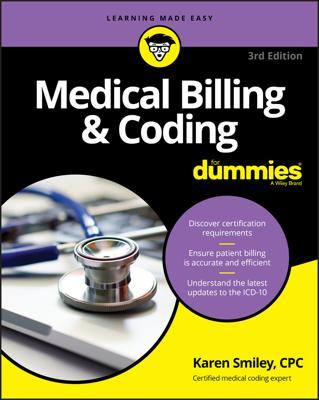If you’re going to work in the medical billing and coding industry, you must familiarize yourself with three big “must-know” items: compliance (following the regulations established by the United States Office of Inspector General, or OIG), medical terminology (the language healthcare providers use to describe the diagnosis and treatment they provide), and medical necessity (the diagnosis that makes the provided service necessary). Here is an introduction to these concepts.
Comply with OIG regulations
In the United States, as in many countries, healthcare is a regulated industry, and you have to follow certain regulations. In the U.S. these rules are established by the Office of Inspector General. The regulations are designed to prevent fraud and abuse by healthcare providers, and as a medical biller or coder, you must familiarize yourself with the basics of compliance.
Being in compliance basically means an office or individual has established a program to run the practice under the regulations as set forth by the U.S. Office of Inspector General (OIG).
You can thank something called HIPAA for setting the bar for compliance. The standard of securing the confidentiality of healthcare information was established by the enactment of the Health Insurance Portability and Accountability Act (HIPAA). This legislation guarantees certain rights to individuals with regard to their healthcare.
Learn the lingo: Medical terminology
Everyone knows that doctors speak a different language. Turns out that that language is often Latin or Greek. By putting together a variety of Latin and Greek prefixes and suffixes, physicians and other healthcare providers can describe any number of illnesses, injuries, conditions, and procedures.
As a coder, you need to become familiar with these prefixes and suffixes so that you can figure out precisely what procedure codes to use. By mastering the meaning of each segment of a medical term, you’ll be able to quickly make sense of the terminology that you use every day.
Prove medical necessity
Before a payer (such as an insurance company) will reimburse the provider, the provider must show that rendering the services was necessary. Setting a broken leg is necessary, for example, only when the leg is broken. Similarly, prenatal treatment and newborn delivery is necessary only when the patient is pregnant.
To prove medical necessity, the coder must make sure that the diagnosis code supports the treatment given. Therefore, you must be familiar with diagnosis codes and their relationship to the procedure codes.
Insurance companies are usually the parties responsible for paying the doctor or other medical provider for services rendered. However, they pay only for procedures that are medically necessary to the well-being of the patient, their client. Each procedure billed must be linked to a diagnosis that supports the medical necessity for the procedure. All diagnosis and procedures are worded in medical terminology.

